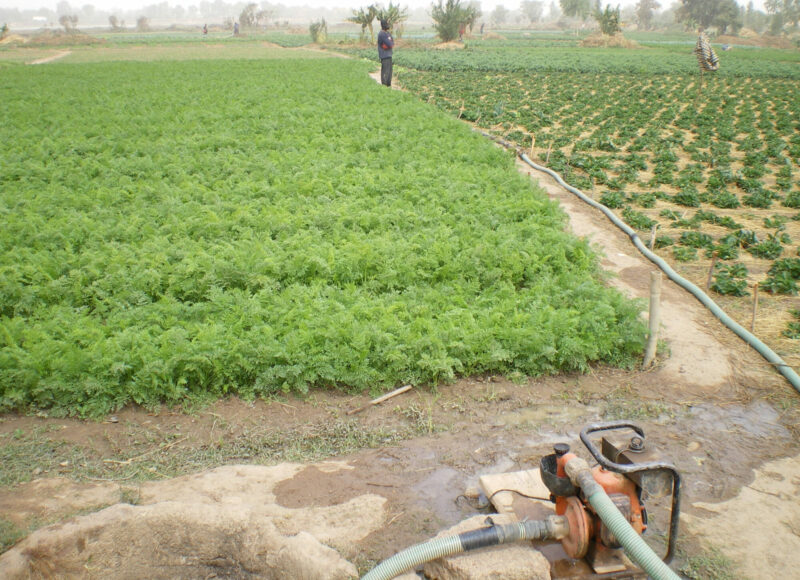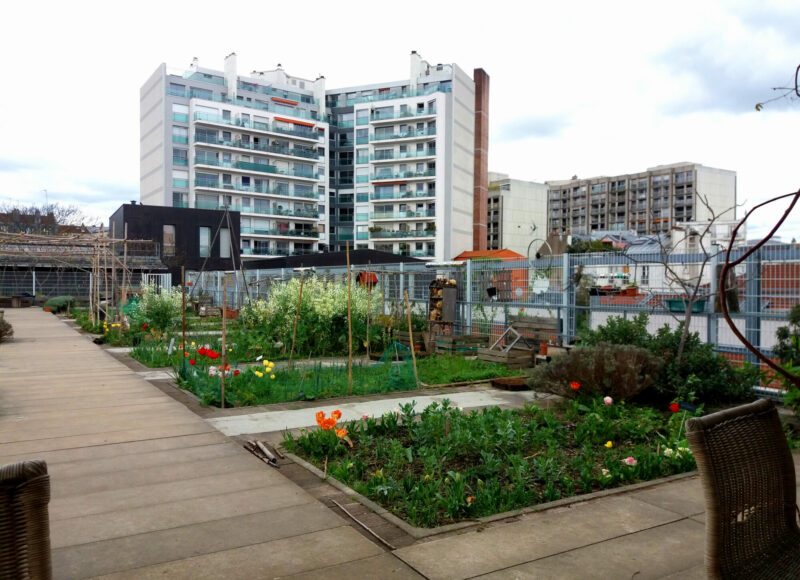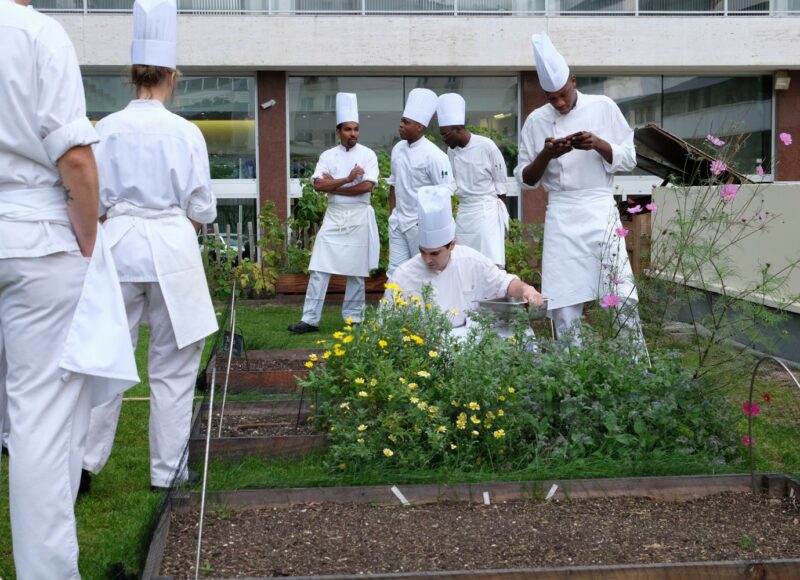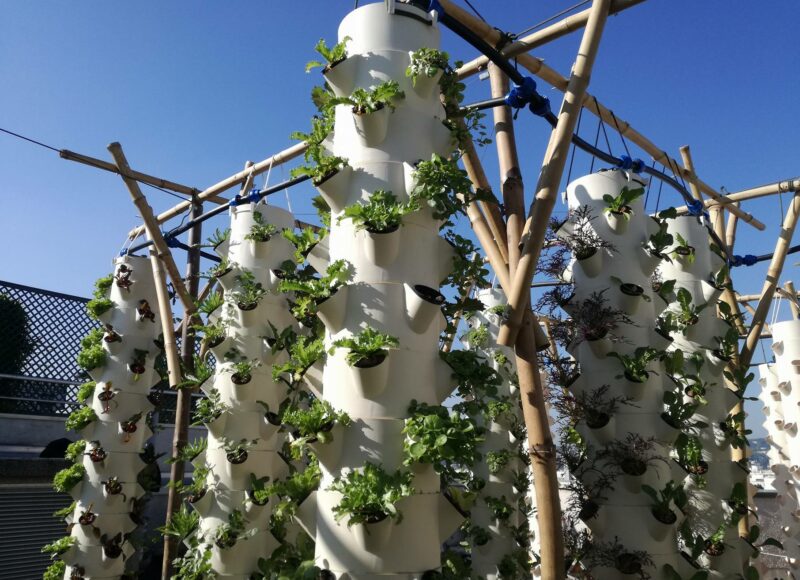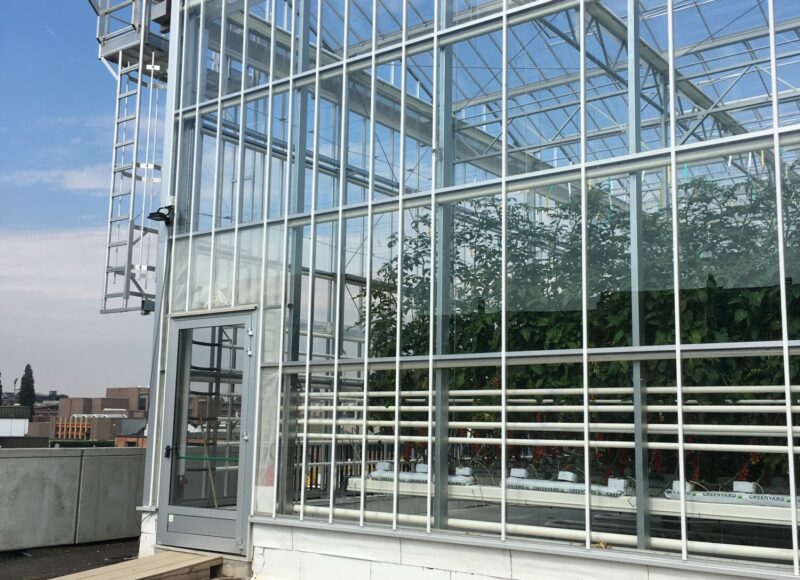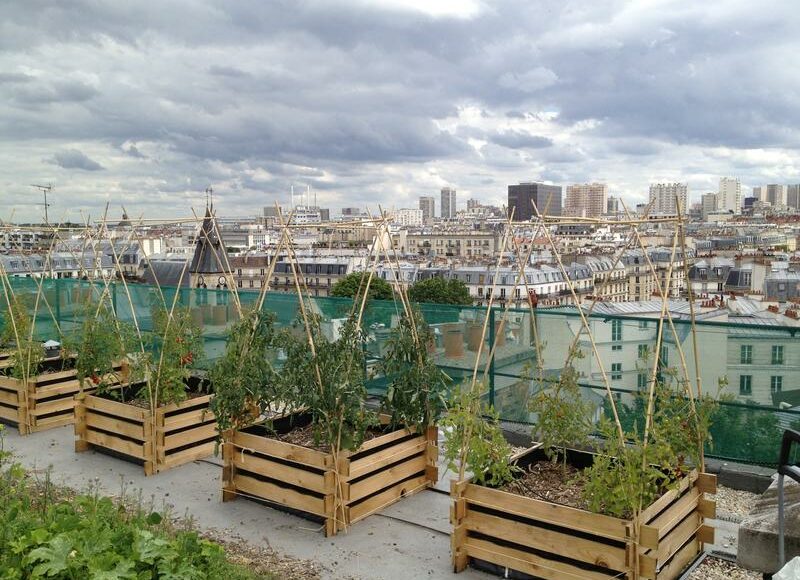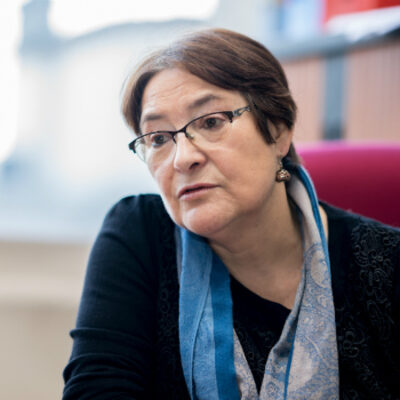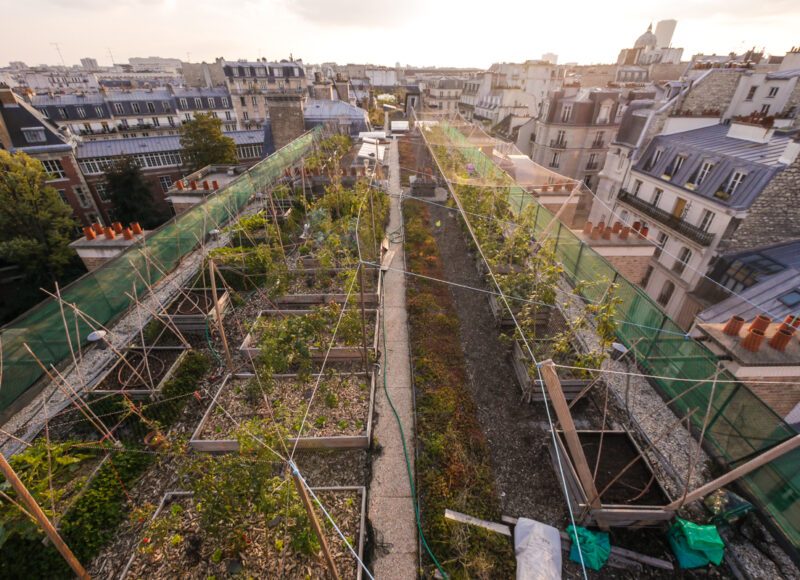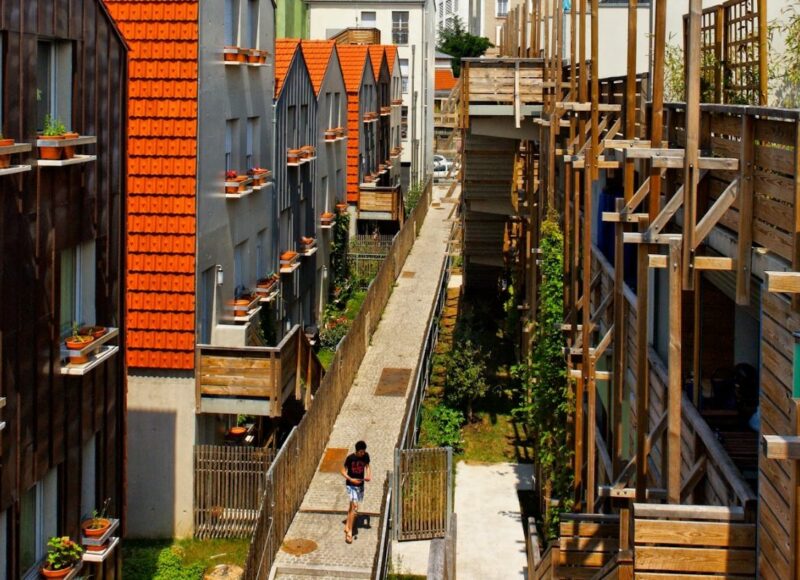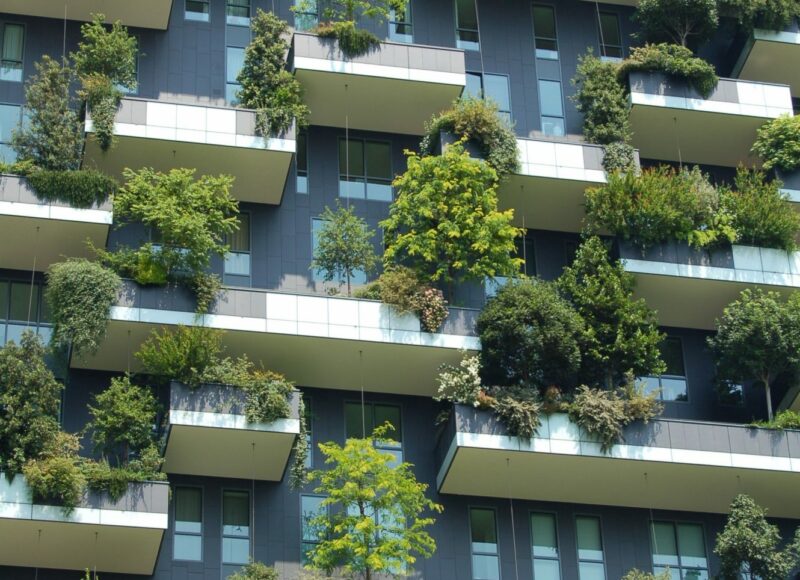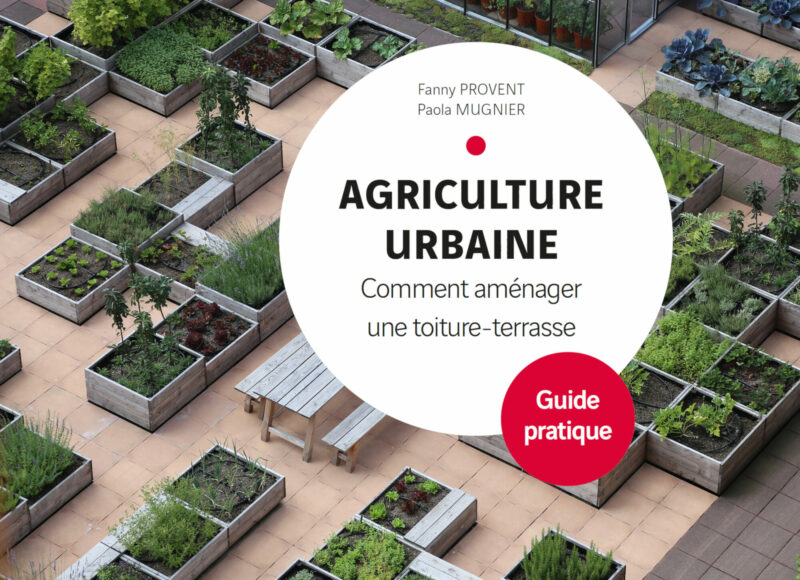31 May 2022
In pictures: the many faces of urban agriculture
As the number of urban agriculture projects is on the rise, there is a need to consider economic, environmental, food-related, regulatory and sustainability challenges. This trend comes in many different shapes and a variety of functions that Christine Aubry, research engineer at INRAE and AgroParisTech, defines as “urban agricultures”.
On the same subject
Researchers
Senior Associate Researcher and Consultant Professor
AgroParisTech
INRAE
INRAE
PhD Student
AgroParisTech
Project
A simplified life-cycle assessment tool will allow decision makers to assess the sustainability of urban agriculture projects and guide the design and management of these projects.
Learn more
Pilot site
AgroParisTech's experimental rooftop has been used since 2012 to design urban agriculture systems in rooftop boxes, using urban residues as components of technosols, with the aim of studying the services provided by
Learn more
Life-cycle assessment is a method to assess the environmental impacts of buildings and infrastructures throughout their life cycle, from the extraction of raw materials through to their end-of-lifetime handling.
Learn more
Reconciling nature and the city, a highly artificial environment, is an art that is practised from the scale of the building to that of the suburban territory, including that of the neighbourhood.
Learn more
